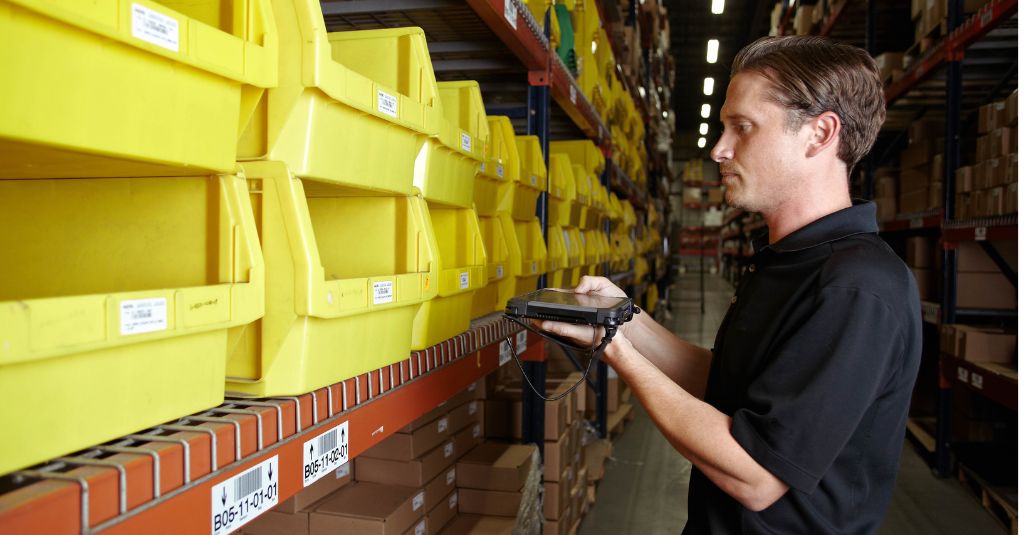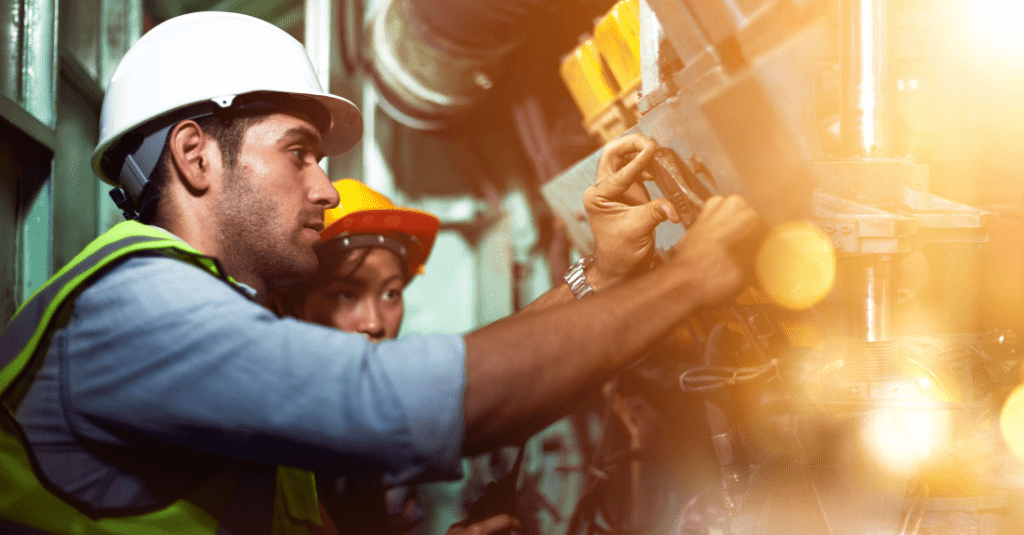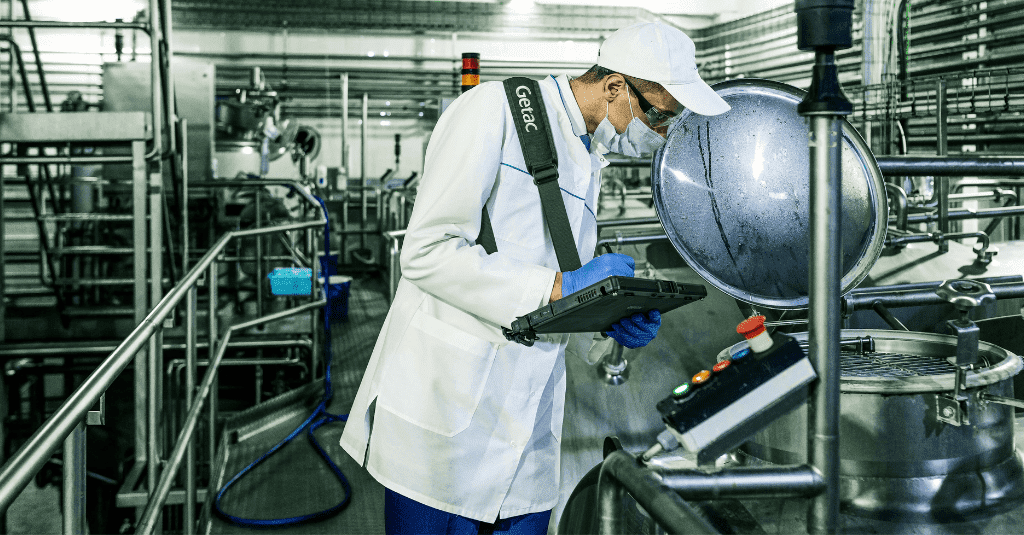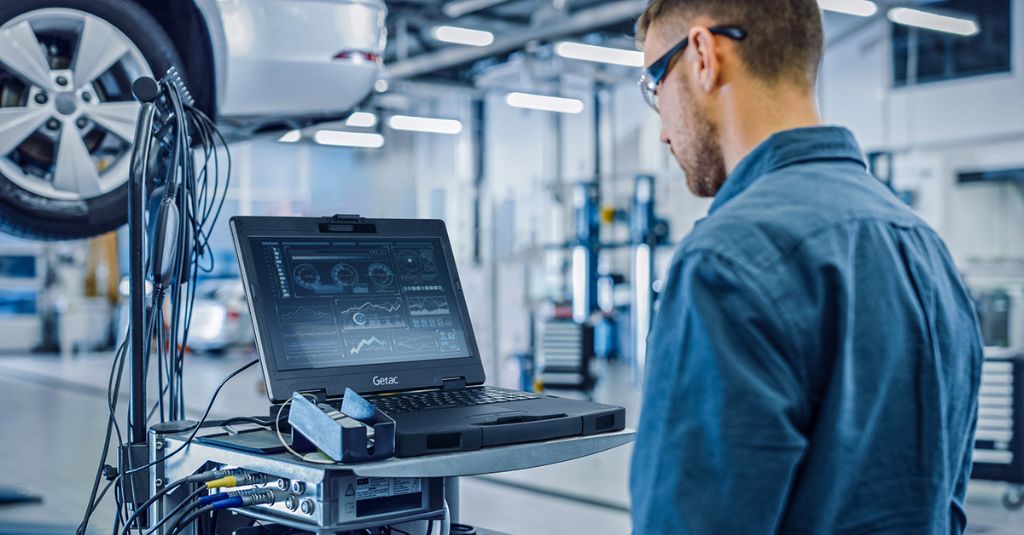As one of the leading rugged computer providers, Getac offers extensive rugged computing product lines and serves a wide range of vertical markets.

Defense
Mission-critical COTS computing that delivers high powered processing and reliability in operational environments.
Public Safety
Ambulance, Fire & Rescue and Policing applications
Utilities
Smart Meter Reading and Installation, On-site Safety, Utility Asset Management, Workforce Management for Utilities, Mobile GIS, Surveying and Mapping
Transportation & Logistics
Railroad Management, Airport Management, Port Management, Long-haul Delivery Fleet Management, Warehouse Materials Handling
Industrial Manufacturing
Industrial Programming and Robotic Control, Facility management, Compliance and Inspections, Workforce Management, Inventory and Warehouse Management, Factory Automation and Plant Monitoring, EAM and CMMS Solutions.
Automotive
Optimized Rugged Mobile Solutions to drive a smarter approach throughout the automotive value-chain.
Natural Resources
Mining, Forestry and Construction applications
Oil & Gas
Remote Support, Asset Management, Field Data Analysis, Workplace Safety
Uptime is often the simplest primary performance metric in high-volume industrial manufacturing and operations.
A programme or product's profitability centres around making the part as efficient as possible. As a result, machine downtime negatively impacts overall equipment effectiveness (OEE). Engineers recognised the importance of equipment uptime and developed processes, tests, and [both proactive and reactive] repair techniques to maximise OEE. They termed these tasks "industrial maintenance."
Along with ensuring the productivity rate is as high as possible, these services also protect a plant's high-value capital to increase asset reliability and performance while extending their lifetimes. It reduces material usage, improving sustainability and the industry's total cost of equipment ownership.
Like many manufacturing applications, rugged technology is vital in delivering a comprehensive maintenance programme to increase OEE and production efficiency.
Effective planning starts with a strategy to define and quantify the baseline condition, then map out a plan of initial and ongoing processes to address the limiting process steps. Plans include four types of plant maintenance services: preventative, predictive, corrective, and emergency corrective action.
One challenge engineers face in creating industrial plant maintenance plans is access to sufficient reliable data measured at the asset location as close to real-time as possible. The team also needs to share this data between team members and rapidly distribute it throughout the site (and at other locations, potentially). Rugged technology is uniquely suited to address these challenges to enhance industrial plant maintenance.

Engineers designed rugged technology to withstand harsh plant environments, enhancing service plans in several ways.
The first is enhancing field mobility and accessibility. Rugged tablets and laptops put the power of the internet into the field technicians' hands, substantially reducing the time to address a failure. In addition, these devices shorten the distance between data collection and analysis. Like edge computing, rugged devices can collect and analyse sensor data in the field, improving the impact and quality of predictive and preventative maintenance at a facility.
The second benefit is streamlining communication and collaboration between maintenance team members, aiding in maintaining product quality. Enhanced collaboration removes physical location constraints of distributed teams to allow them to work together and focus on the task at hand. The more effectively and smoothly the team can work, the faster they can address the equipment failure.
Finally, rugged technology can mitigate environmental and operational hazards in plant environments. The technology can withstand extreme temperatures, dust, dirt, vibration, or moisture, providing the team with accurate data and analysis within harsh ambient conditions.
Rugged technology's enhancements to industrial maintenance services provide four key business benefits to manufacturers, customers, and factory owners.
Two of Getac's partners use rugged technology to improve their industrial maintenance services.
Dart Technologies (DARTT) used the V110 convertible laptop to enhance the digital pressure testing system in the oil and gas industry. The company realised a 15% faster response than the prior solutions they tried and enjoyed extreme environment durability while combining laptop and tablet functionality to analyse sensor data rapidly. The V110 increased the accuracy, performance, and reliability of their system.
Vaillant also used the V110 fully rugged laptop to improve reliability and ease of use for customer operations in its eco-friendly HVAC and hot water applications. With 200 customer service technicians and 160,000 annual on-site visits, the company uses the rugged device to enhance its products and clients' industrial maintenance service quality and reliability.
Developing an industrial maintenance service comes with challenges to implement. Some of these hurdles include the initial investment in rugged technology. When evaluating the right time to move to rugged tech, clients must consider the risk and estimate efficiency and uptime improvements (boosting throughput) that can impact the payback estimate.
In addition, plant maintenance teams will need to be trained and upskilled in the operation of new technology and the mindset of how they should feel empowered to use the technology to improve productivity. Maximising machine uptime makes everyone's work easier.
Finally, integrating the new technology with existing maintenance systems and workflows should be seamless to avoid the risk of technology-driven production disruption.

Rugged technology will continue improving, increasing accuracy and performance in harsh environments. In addition, the rise in advanced technologies like AI-driven manufacturing will combine with industrial maintenance to take rugged tech's highly accurate measurement and analysis capability and execute some industrial plant maintenance and corrective measures automatically.
While human engineering staff will always need to address more complex and emergency cases, AI and machine learning will improve services from pre-failure maintenance services to the rugged technology advantages.
Industrial maintenance services are a crucial part of production environments, directly impacting OEE and the profitability of a manufactured component. They can define routine maintenance items, predict the next likely failures, or prescribe how the service team should respond to an unplanned or complicated issue.
Rugged technology equips field workers with the tools and capability to address critical events that could shut down a production line while protecting safety. Winning businesses like DARTT and Vaillant have demonstrated how a business can embrace rugged technology for sustainable growth and success in industrial maintenance situations while serving their customers more reliably.
As one of the leading rugged computer providers, Getac offers extensive rugged computing product lines and serves a wide range of vertical markets.

